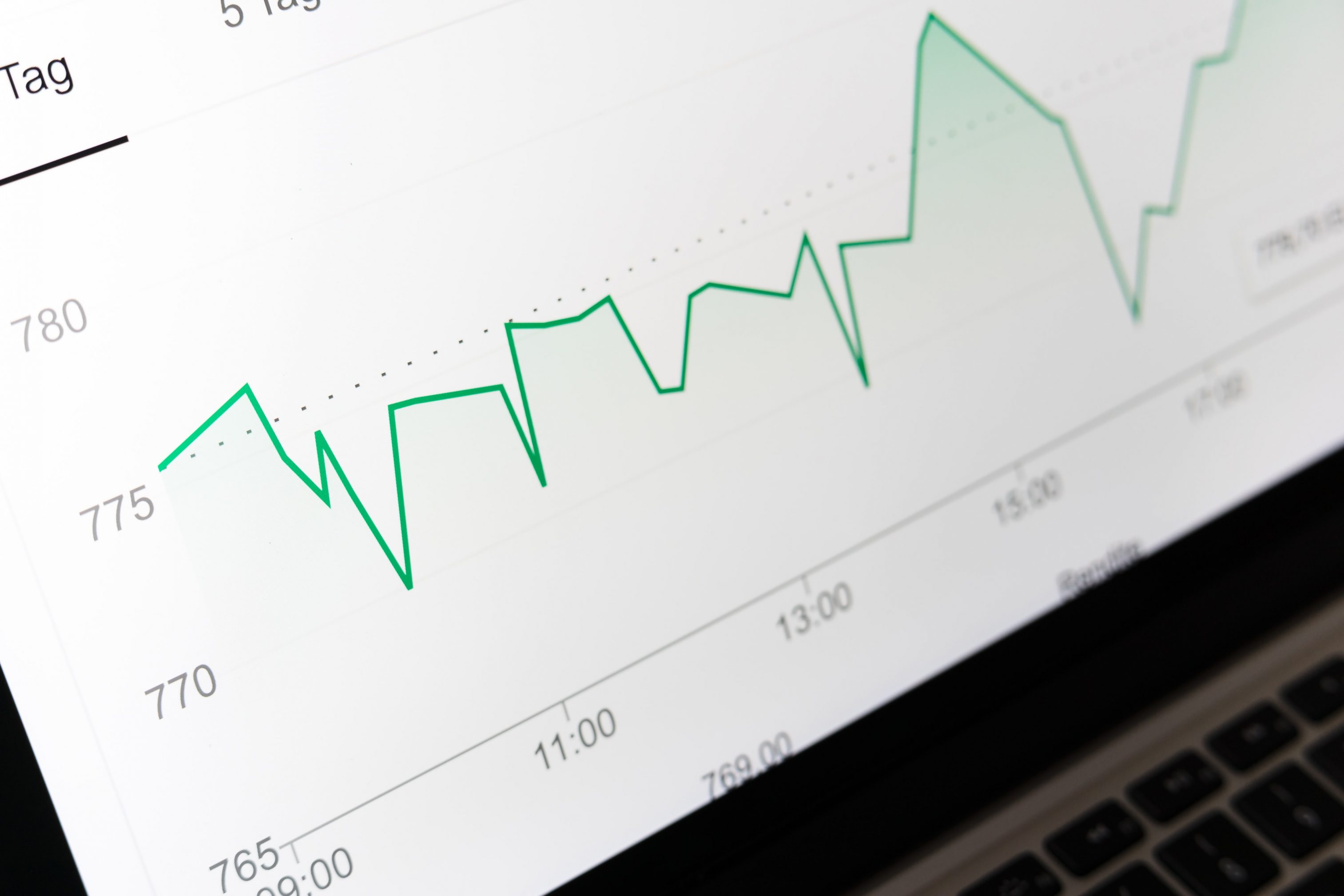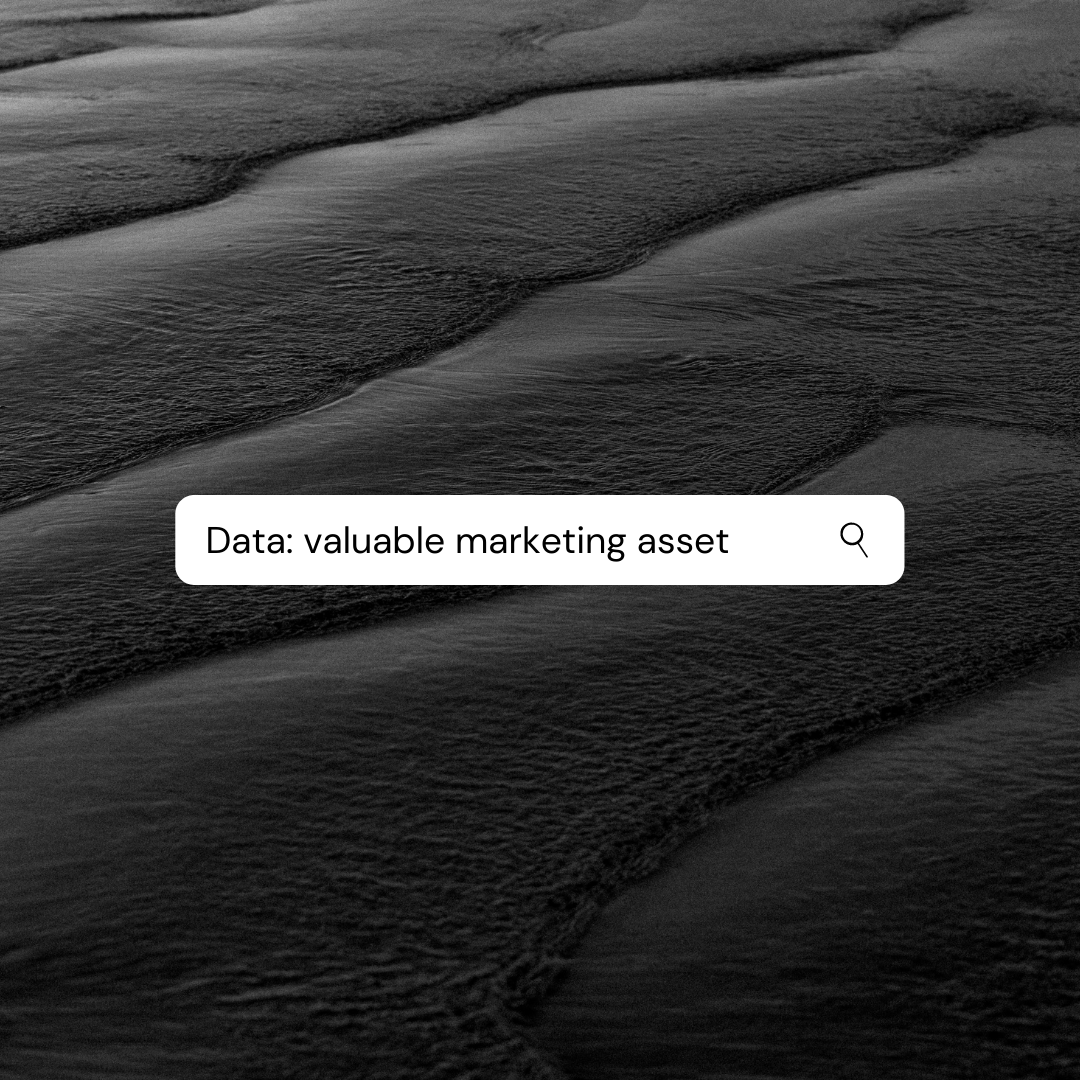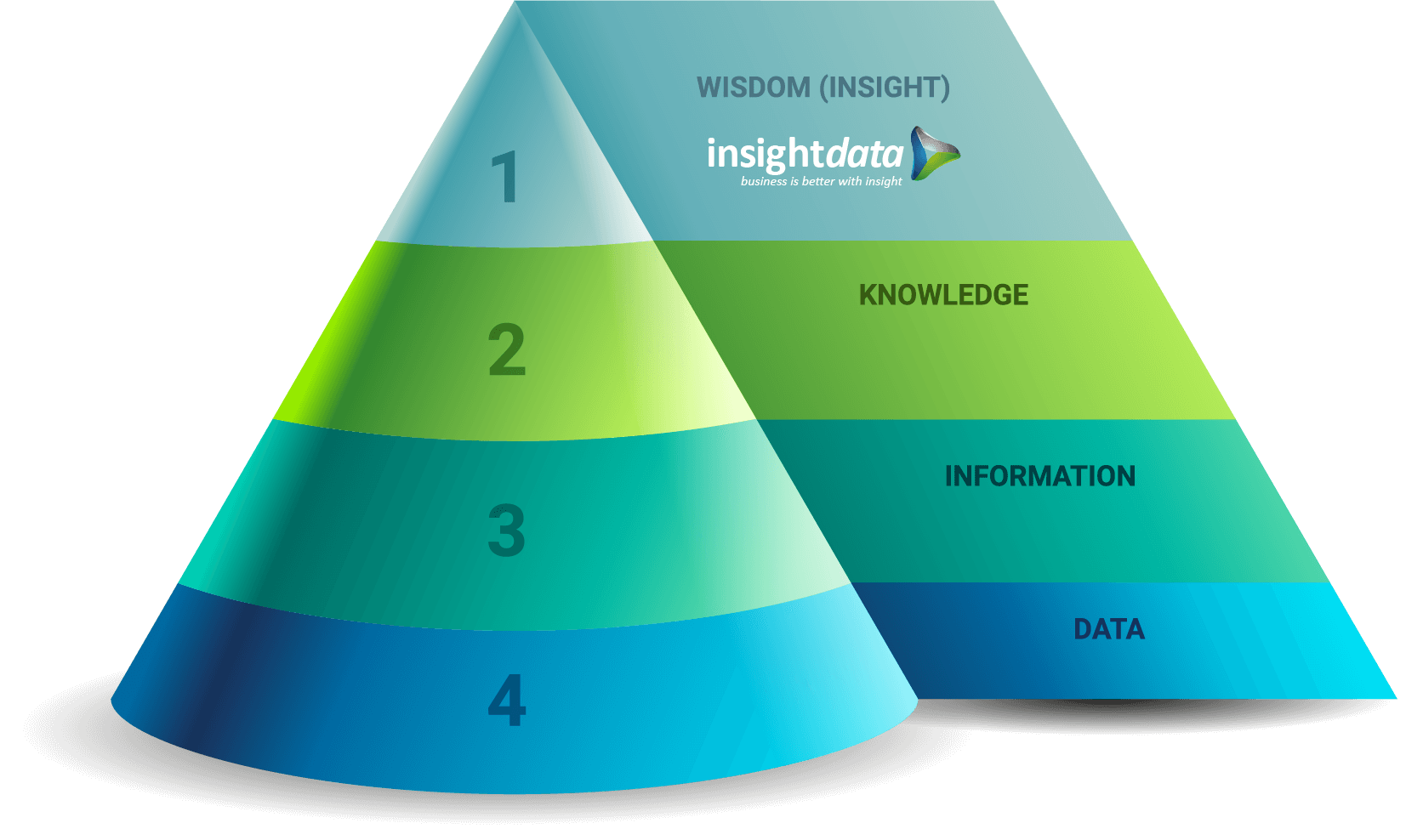
As the world struggles to react to the challenging times we are experiencing at the moment, it’s fair to say that the only constant is change. These changes pose some significant challenges for companies in the construction industry. Most marketers have turned to customer data analysis to understand and traverse those challenges. This is because data analysis provides intelligence.
To do that they need customer behaviour data. This type of data is being used on a monumental scale with companies all over the world basing multi-million-pound marketing decisions on the data they access, collect and hold.
Here at Insight Data we are data marketing specialists for the construction and fenestration industries. We’ve written a series of articles that explain why business data can be your companies most important marketing asset. Read on to discover…
- Why customer data is valuable
- The DIKW process
- What data should I collect?
- Where is that useful data?
- Getting started with customer data
If you are new to using data for marketing this article is for you.
Why customer data is so valuable

It is often said that ‘Data is the new oil’. This is because it’s so valuable. But why and how is it so valuable?
The answer lies in how it is used and, from that, what it can reveal.
If you only take one thing away from this article, understand that customer data will help you gain incredibly valuable intelligence about your customers. That intelligence (or insights) can empower you to sell to them in a powerful way. Instead of making assumptions about your customers, data can reveal a much clearer and accurate picture of who they are, what they want and much, much more.
Crucially, when you know more (gain insight) about your existing customers you can start to understand how to keep them and how to get new ones too.
Using data to guide your marketing will help you win more business and keep it. After all, your ability to get new customers and retain them will dictate the future success of your company.
Harnessing the right data to learn about your customers is the key to why it is so valuable to you. Harnessing powerful data to gain valuable insight should be your aim.
But how do you do that?
The DIKW model
When using data to learn about customers, marketers generally follow a thought process. They do this to get the most from the data that they have either collected or that is readily available to them.
Here’s an example of a helpful process you could try.

Data:
Collecting the data is the first step. Names, addresses, product information, and behaviours are some examples of the kinds of data you might collect here. At this point, the data is just ‘there’. It is unprocessed and, potentially, you might not even know what it means.
Information:
Information is what we call data that has context. To turn data into information, ask these questions: ‘Why’ is a product more popular than another one? ‘What’ product is the most popular? ‘When’ did the product popularity peak? You might now start to get some meaning from the data, but that still doesn’t necessarily make it useful.
Knowledge:
Using the information you now possess, it’s time to apply knowledge. Knowledge uses the information, combined with your experience, to identify patterns and behaviours in the data. For example, we know a certain product is popular, but is it popular at the detriment of another product? Is there a certain time of year that it peaks, for example? Is a pattern emerging in the data? Applying knowledge builds you to the final step.
Wisdom (Insight):
Wisdom is the final process. Or as we call it…insight! Understanding the data, information and knowledge now gives you the insight into how to correctly predict, plan and be prepared for the future. The insight will give you an edge on your competitors and help you succeed as a business.
This process is a helpful way to turn data into something you can use to be more successful with your marketing.
Now that you know the basics you may have some more questions:
What data should I collect?
Where is that useful data?
What customer data should I collect?
Although it is true that all customer data has some value, there will be specific data sets that are more valuable to your company. A great place to start is to define what you want to learn.
Are you hoping to learn about your business in a general sense or are you interested in a specific aspect?
Some general business data insights could include:
- How many regular/repeat customers you have
- Which of your products/services they buy
- Is your sales pipeline growing?
Some specific aspect insights could include:
- Who your key/best/most engaged customers are
- Where you lose customers in the purchasing process
- How many people open your marketing emails
- How many people see your blog content
- What devices they use to look at your content online
- Why your customers like your products/services
Defining what you want to learn will show you what data you need. General AND specific data will help you to learn and adjust your marketing efforts accordingly. This combined data will enable you to create a strategy on how to use data for marketing.
Where to find customer data
Now you know what you want to learn, where does that data live?
The emergence of digital tools and platforms has given us access to a vast spectrum of data. Where once the challenge was sourcing data, now we’re drowning in it.
Data can be found in all sorts of places. Some popular sources include:
- Social Media onboard analytics portals
- YouTube analytics
- CRM Analytics
- Any internal records your business keeps
Other data sources
There are many other websites and apps that can be used to harvest customer data. We’ve listed the most common sources above. Each one offers similar metrics and key performance indictors specific to the website they are monitoring. For example: Google Analytics measures and reports on user behaviour for your website.
Using a blended approach (taking data from multiple sources) will help you to build a more complete picture. It is worth exploring each analytics website to see what can be learnt and what types of data is available.
Using Customer Data
Now that you know what data you want and where to get it you’ll want to do three things:
1. Make a dashboard.
This dashboard will enable you to have quick and easy access to the data that you care about. Choose the metrics that you are most interested in and include them on your dashboard. You can create your own manual dashboard in Microsoft Excel. Alternatively, Google Data Studio offers the functionality to create a dashboard that automatically updates depending on the date range you select.
2. Create a benchmark.
Either manually fill in the data into your dashboard or hook up external websites to your Google Data Studio dashboard. Having these first data sets will allow you to measure against them in the future. This is very important as you’ll be able to track how successful your marketing is depending on the decisions you make. Tracking progress will also guide you on what to do in the future based on success or failure.
If you don’t want to create your own dashboard you can always use another method of recording data. Most analytics sites allow the user to see results over a selected time period and compare it to previous periods.
Whichever way you want to record, present and report that data, make sure you keep it simple and easy to translate. Don’t overcomplicate your process with too many contrasting metrics and KPIs you are using.
3. Start the DIKW process.
Now you have the data you want it’s time to go through the DIKW process.
- Collect the data
- Interrogate the data to bring context. You now have information
- Apply knowledge and your experience to the information
- Doing so will give you wisdom or insight
And there you go. Don’t miss ‘Customer data: your businesses most important marketing asset (Part 2)’ next week. We’ll be exploring the different ways data can be used to improve your marketing and internal operational processes.
Insight Data: customer data experts
Insight Data are the UK’s leading experts in customer prospect data and market intelligence.
We provide the UK’s most accurate prospect marketing data for the glazing and construction industry. In-depth intelligence helps our clients to segment and target new customers. It’s the fastest, easiest and most effective way to maximise results and generate leads.
To find out how we can help your business get the most from data talk to us today







